
What’s going on out on the land?
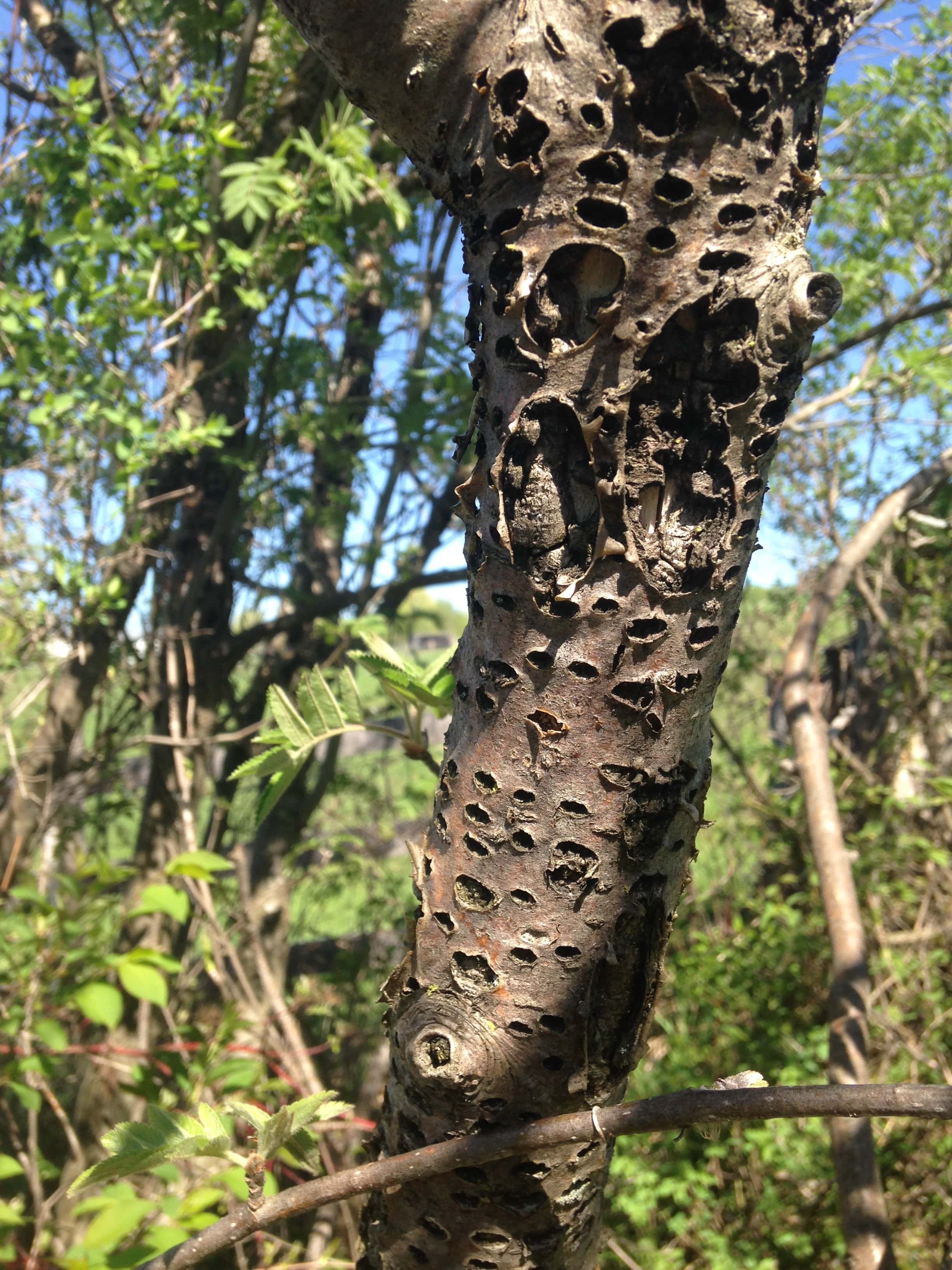
A Short Note On Sapsucker Ecologies
About 1o minutes North of Orangeville, along the fence line of Bruce Trail at Dunby rd, there are a couple of American Mountain Ash trees. These trees are related to the other Sorbus species from around the world, but this one is native to the area. Shorter trees, compound leaves, bright red fruit all help to identify these trees in the warmer months. But in the Winter and early Spring when the leaves and fruit have fallen, the bark becomes a great focal point for local ecologies.
The rows of small holes of various age and sizes freckle the bark like oversized lenticels. It kind of looks like a canker or fungal infection, but it’s not. It is actually the work of a meticulous and skilled member of the Picidae family; the Yellow-bellied Sapsucker, a bird which I have not seen that often, but I have come across their sign quite a bit.
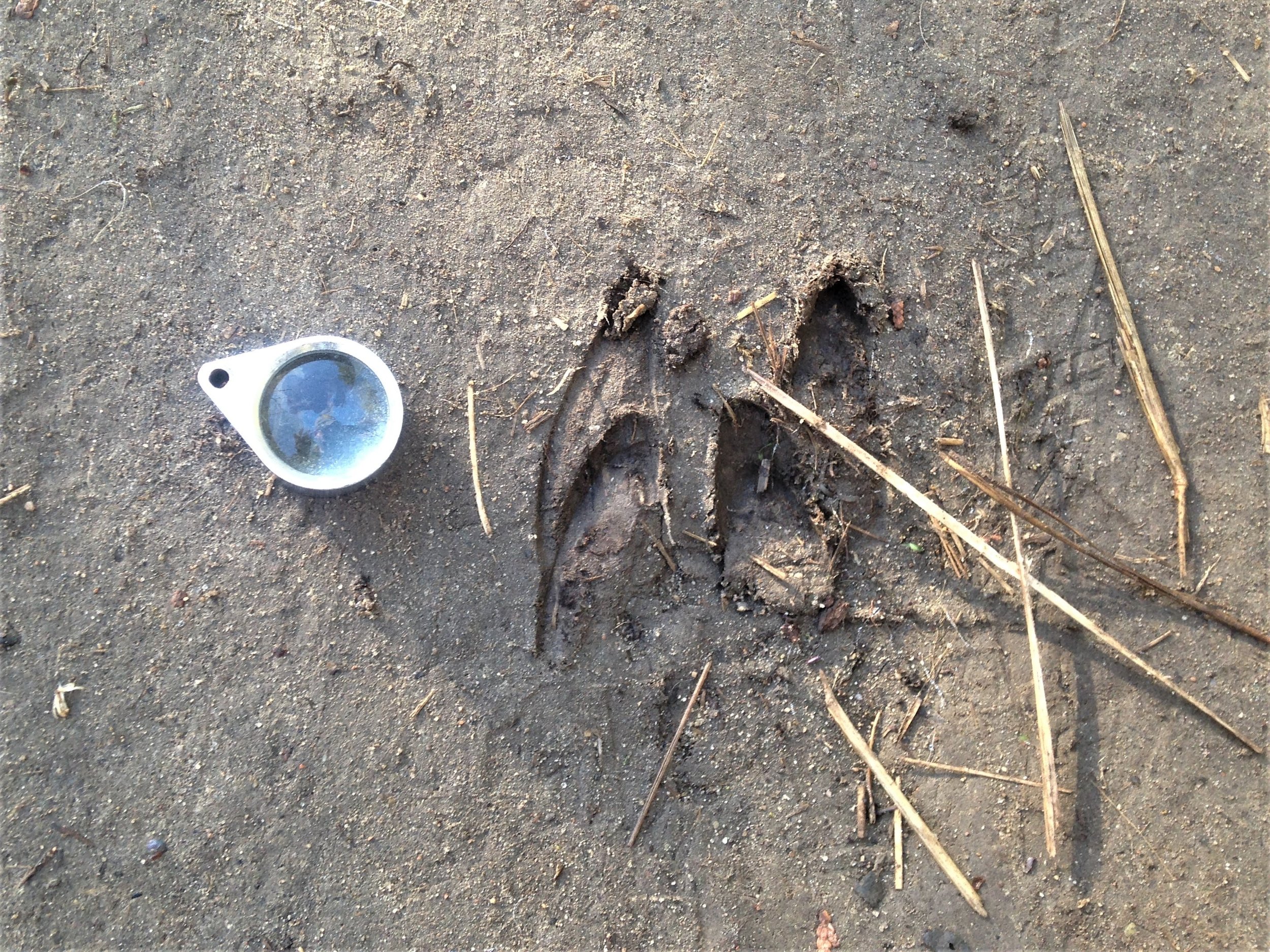
Emergent Kithship
I have written before about how knowing the land creates understanding of relationships. I have written a lot about it. That’s pretty much what this whole project is all about. But I want to look a little more at how that sense of relationship happens, and what are the triggers which bring it up for us?
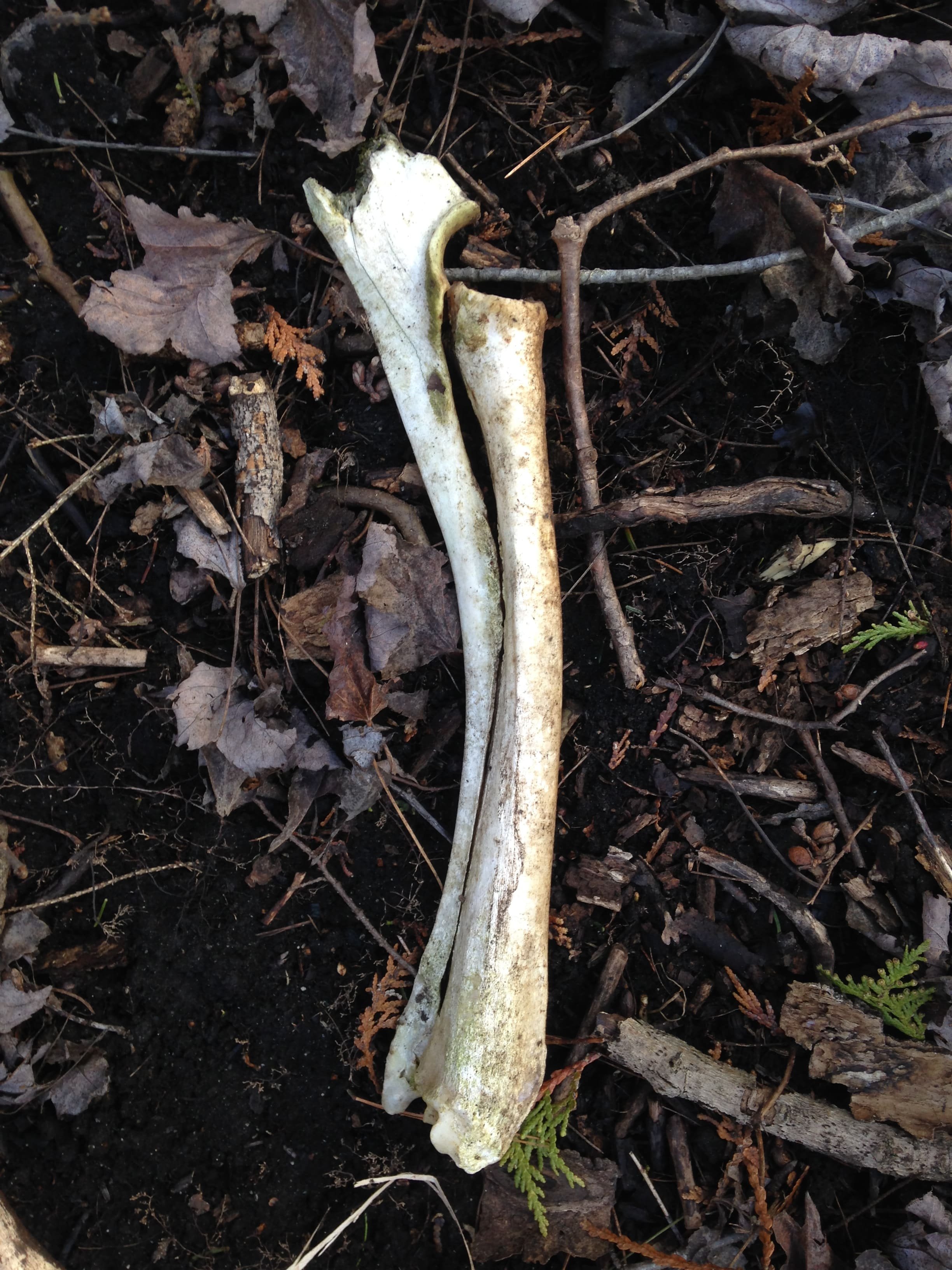
What bones did we find?
I went for a walk with my partner and we found a bunch of cool things while we were out, like Yellow Birch seeds, lots of White-tailed Deer scat, all sorts of neat lichens, and also a couple of bones, which based on their size were most likely from the White-tails.
The first bones I found were pretty interesting, quite a good length and size. It was also cool because it seemed like two bones fused together. I figured this would be a simple bone to figure out where it was from on this other animal, and I figured I should learn more about what purposes this bone supports.

First Wildflowers of 2022
I think Crocus’ and Snowdrops may be beautiful, but they are certainly overrated. They may herald the warmer months and the coming of Spring, but they’ve been planted as early evidences and don’t have the same force that some of the native plants have. This spring has been cooler than last year, but seems to be on pace with 2020 for early season blossoms. I am noticing the leaves of Trout Lily along the trails and Wild Leeks in the open woods and even the small dark shoots of Blue Cohosh just coming up in the deeper forests. None of the species mentioned above though have been flowering. Who did I see in flower?
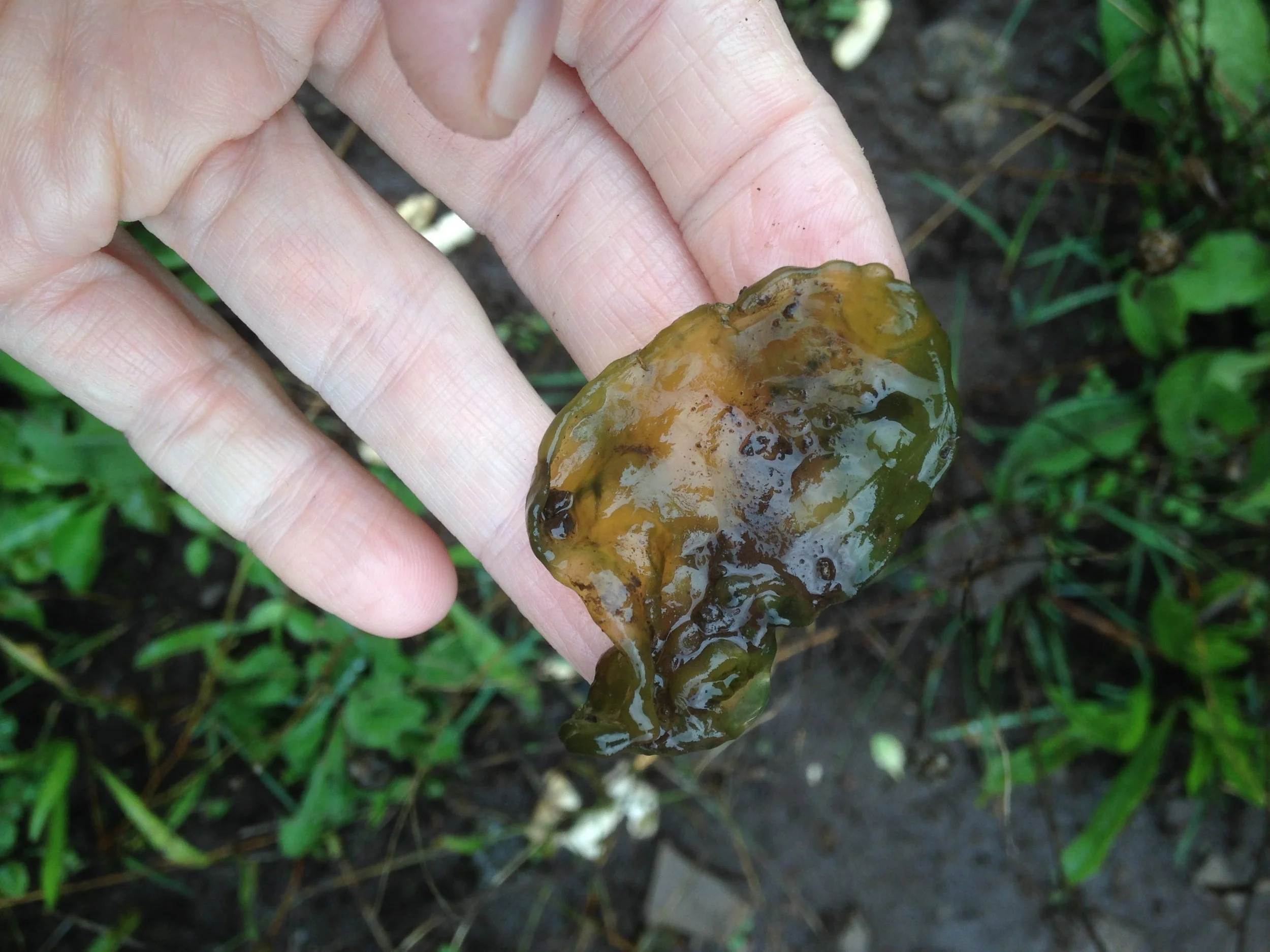
Study in Cyanobacteria
It was green and ..snotty, but a little more solid. Like someone coughed up some strange phlegmy goo and it got rained on for a while. I didn’t see it, but I think others had mentioned that there was more hidden amidst the grasses, limestone shale and small forbs.
This goo has had many names, including Star Jelly, Star Shot, and Star Slime, Troll’s Butter, Witch’s Butter (not the fungi), and Witch’s Jelly. It is more formally known as Nostoc, which is the genus name of this really interesting cyanobacteria.
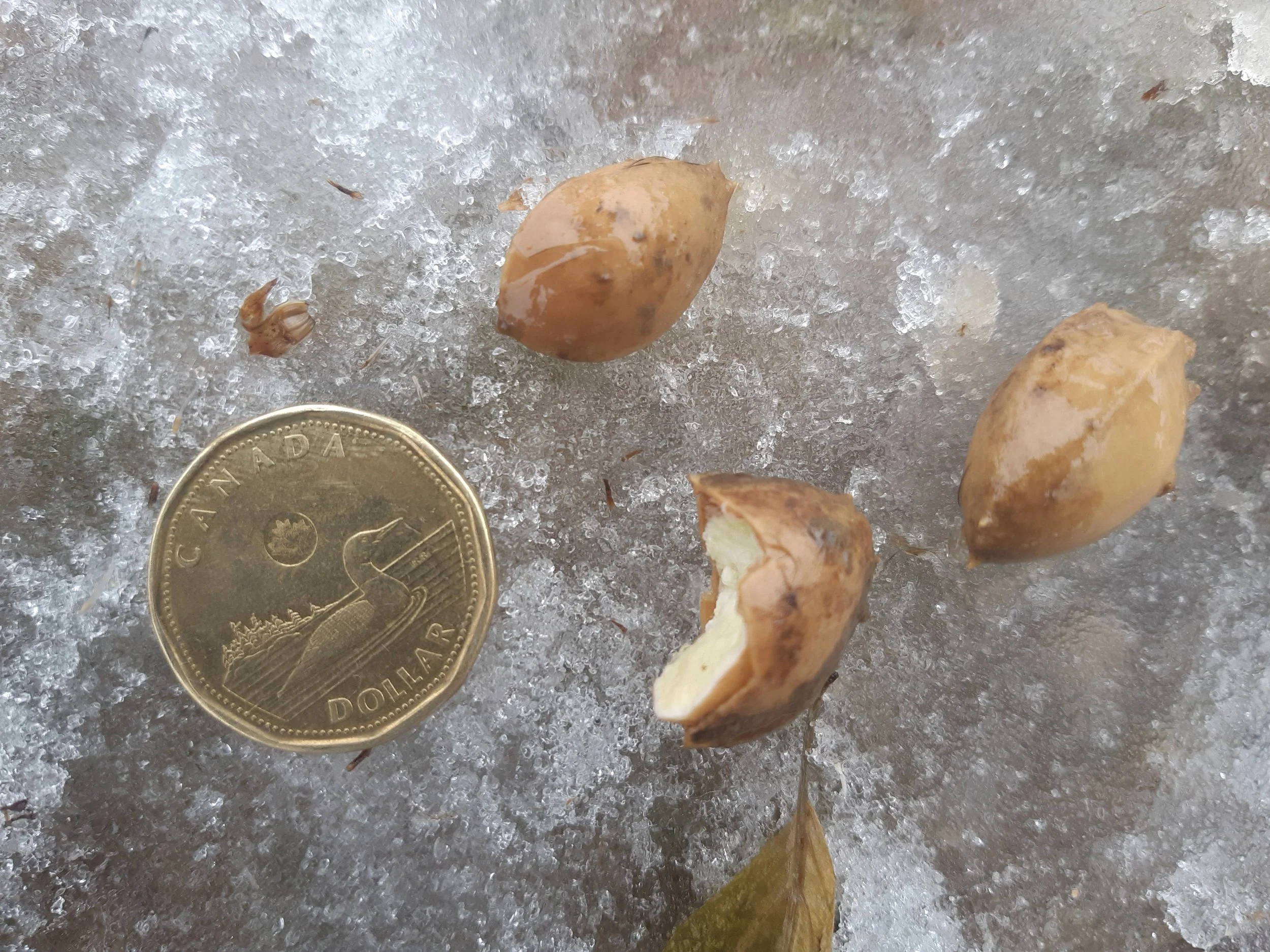
An old s****y mystery
A few years ago I was walking with a friend of mine along the trail towards the forest where I work. Along the way I happened to spot some scat in the middle of the trail. It was tapered and long, fairly fat, and had some seeds in it. The scat appeared to have come from a Coyote but I was at a loss as for what kind of plant the seeds had come from. I looked up a couple of books I have which have a few photographs of seeds but never found an image of a seed which looked right. The mystery haunted me.
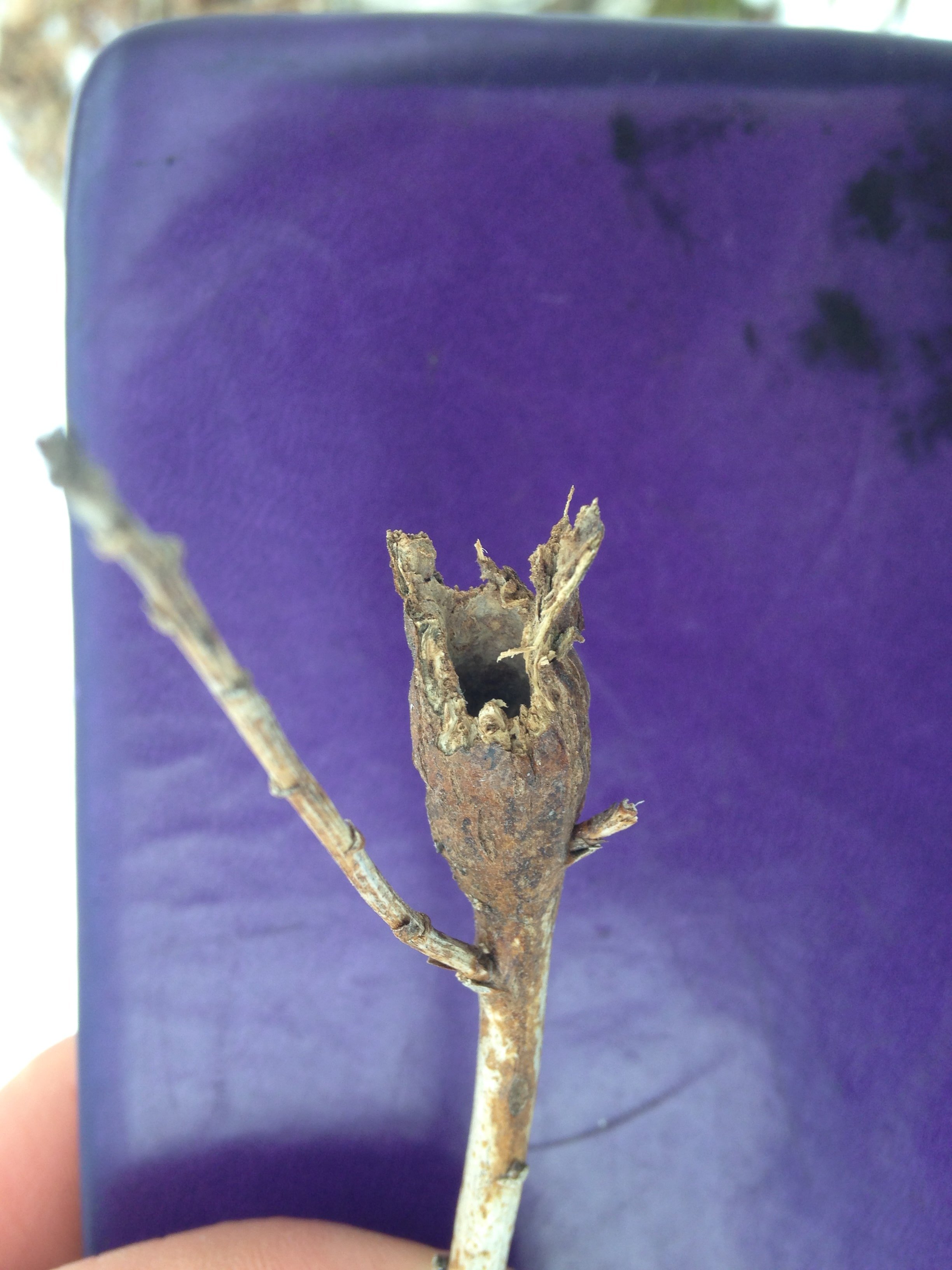
Tracking Bugs and Trees, 2022.03.05
On the drive up to Mono Cliffs, Maddie and I were talking in the car about some things we really wanted to pay attention to today. I was talking about trees and wanting to pay attention to what is going on around the trees, who is interacting with the trees, and who may be living on the trees. She had mentioned a desire to focus on bird tracks and sign, especially after focusing on Wild Turkeys for the past year. Little did we know…
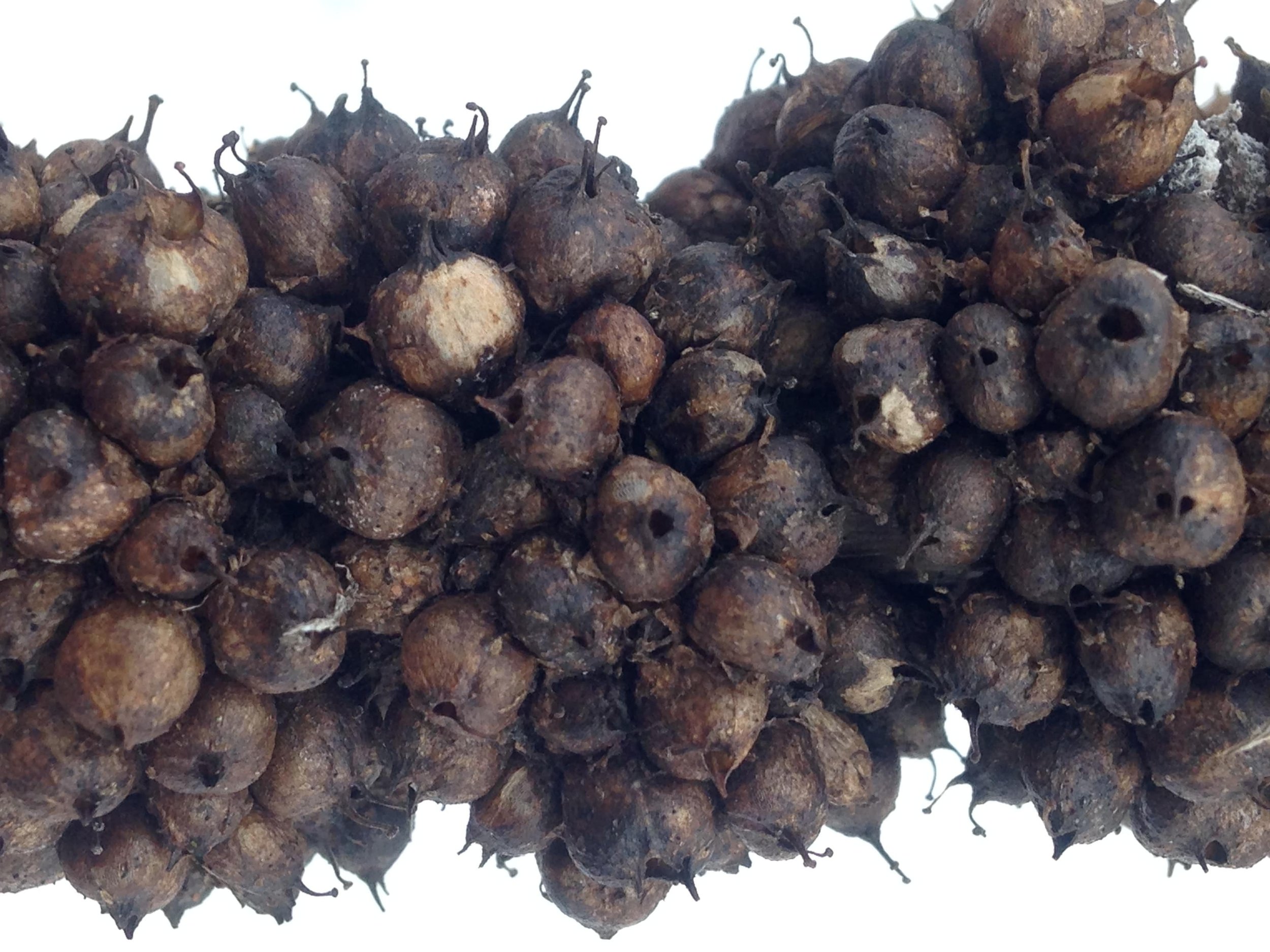
A Couple Late Winter Wonders
While out trailing some domestic Dogs, Short-tailed Weasel, and Red Fox, I encountered a couple of things that I did not know about and decided to examine. This post is just detailing those things a little more and sharing whatever information I can find so far.
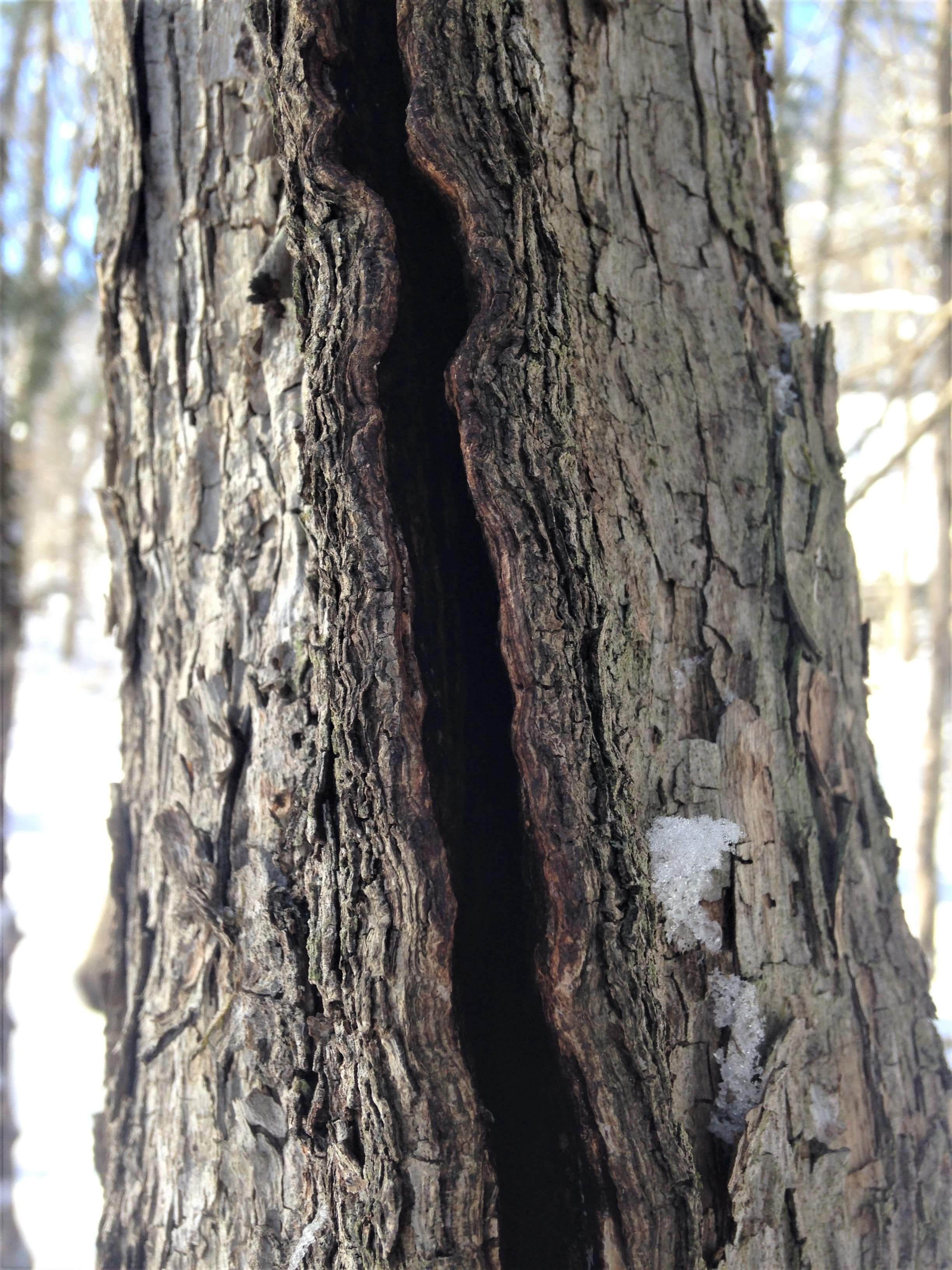
Frost Cracking
A couple of years ago on a trail which circled Sasajewun Lake at the Algonquin Wildlife Research Station, we came across a few trees that I thought had been struck by lightning. I saw fissures in the tree, some shallow, some deeper. These fissures wrapped in a long loose spiral around the trunk of the tree from fairly high up most of the way down. Many different tree species had these fissures and many were near the path. This is when I started to think again about lightning strikes. How did so many trees along a single path get struck by lightning? Turns out they didn’t.

Follow The Food
Knowing the plants who are in relationship with the animals we track can help us find the animals we want to learn about. They can point in the direction of where the animals are going or where they will be going. They can show us if we are in the right environment or if we need to keep looking.
This entry is pretty much a story of a recent afternoon spent tracking in the Lake of Bays region, just South West of Algonquin Park, where we spent a few hours following the food and then finding the animal.

Learning Tracking Lore
I have many things close to my heart, and I am lucky that through the “to know the land” project I get to explore most of them. Three magical threads which braid together very well are myth, tracking, and learning. I am always trying to write blog posts for myself as a way to practice doing the research of what I am seeing out on the trail. I get a sort of fixation going when I am writing, story telling, about what I saw while tracking and I need to learn more about it. Blogging is the impetus and excuse to be so focused on studying.
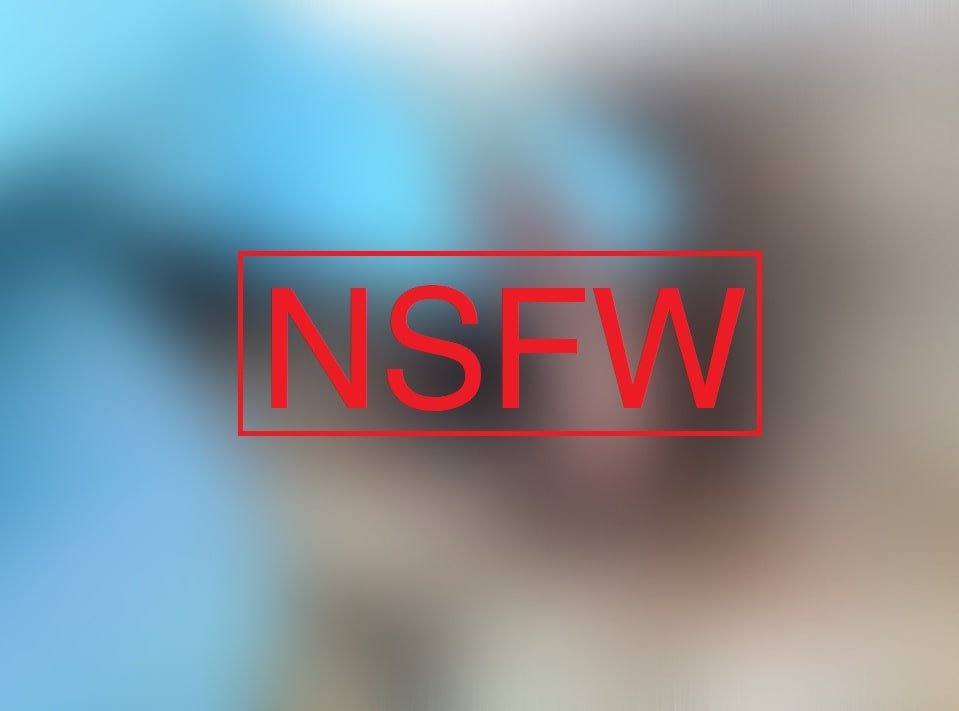
What is a Hemipenis?
Why would I write a blog post about another animals penis? I am so down with highlighting differing sexual norms which exist outside of normative considerations within the dominant heterocentric colonial culture. Looking at other ways that animals get down is pretty revealing and helps us remember that there really is no “one right way” that is more natural or good. Life finds many ways to express. And, it’s pretty interesting.
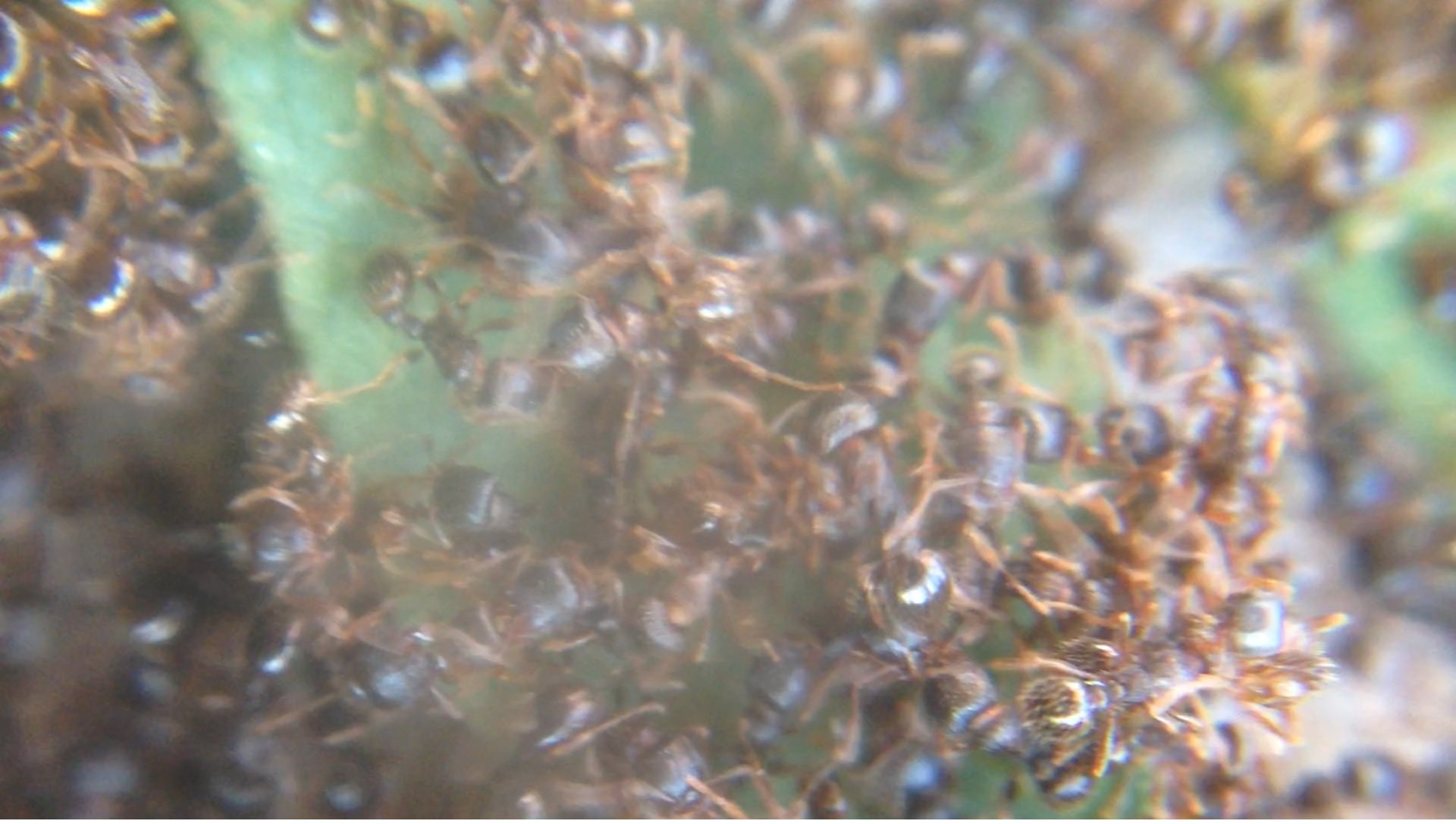
Ants, Oleic Acid, and Breakfast Cereal
I found a strange post on reddit, about Ants dropping off their dead at a couple of pieces of cereal that were placed in the colony. I had to understand why the Ants might have been doing this.
I ended up doing some research, and this is what I found.
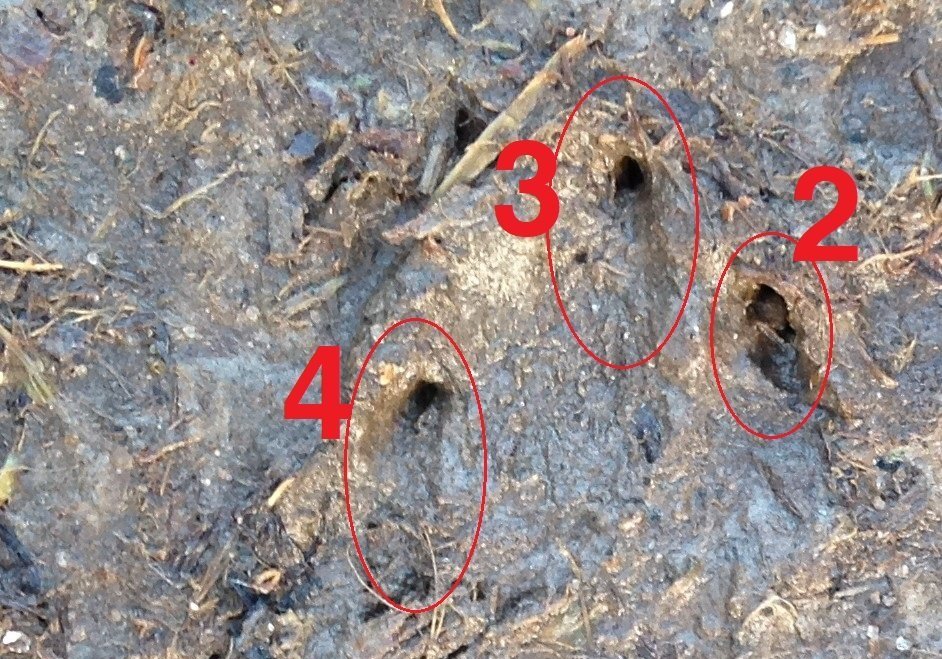
A Closer Look At Rabbit Tracks
I have been trying to study Eastern Cottontail Rabbit (Sylvilagus floridanus) tracks with more intention for the past year. I have also wanted to write about something about some of the things I have been looking for specifically when I come across Rabbit tracks. Lately for me, it has been about the individual toes of the Rabbit tracks and their positions. The toe positions can tell us a lot about which of the feet we may be looking at. Is it a left front or a right front? If we look close, and know what to look for, the toes will tell us.

Eramosa River tracking journal, 2022.01.23
I left the house just before 8am so I could get out before too many people were out walking their Dogs. There ends up being a bit of a jumble in the trails when the Dogs come out and it’s just easier to spot everything without much distraction. I also feel a little weird sometimes, standing in the middle of a path, road or even the frozen river where everyone is walking by. If more folks stopped to ask about the tracks or even say hello it would feel less awkward, but usually they just stare, and then walk by cautiously while their Dog barks at me. Even the Dogs know there is something amiss about a person standing there noticing the world. I recount a bit of these feelings because it happened again this morning while I was checking a Grey Squirrel bounding trail along the road by my house.

Ruffed Grouse Questions from 2022.01.15
Ruffed Grouse were all around us in the forest when we arrived. Many were heard, some were seen, but even more so, their tracks littered the forest floor. There were these sunken oval impressions generally in the shape of a Grouse body pressed into the snow. We put our hands in despite the -20°C temperatures and felt the bottom the impressions. There was a hard icy crust in some of them, but not in others. There was scat in a couple, but not all. All had long chains of tracks emerging from them, but none had discernable tracks leading to them. What was going on?
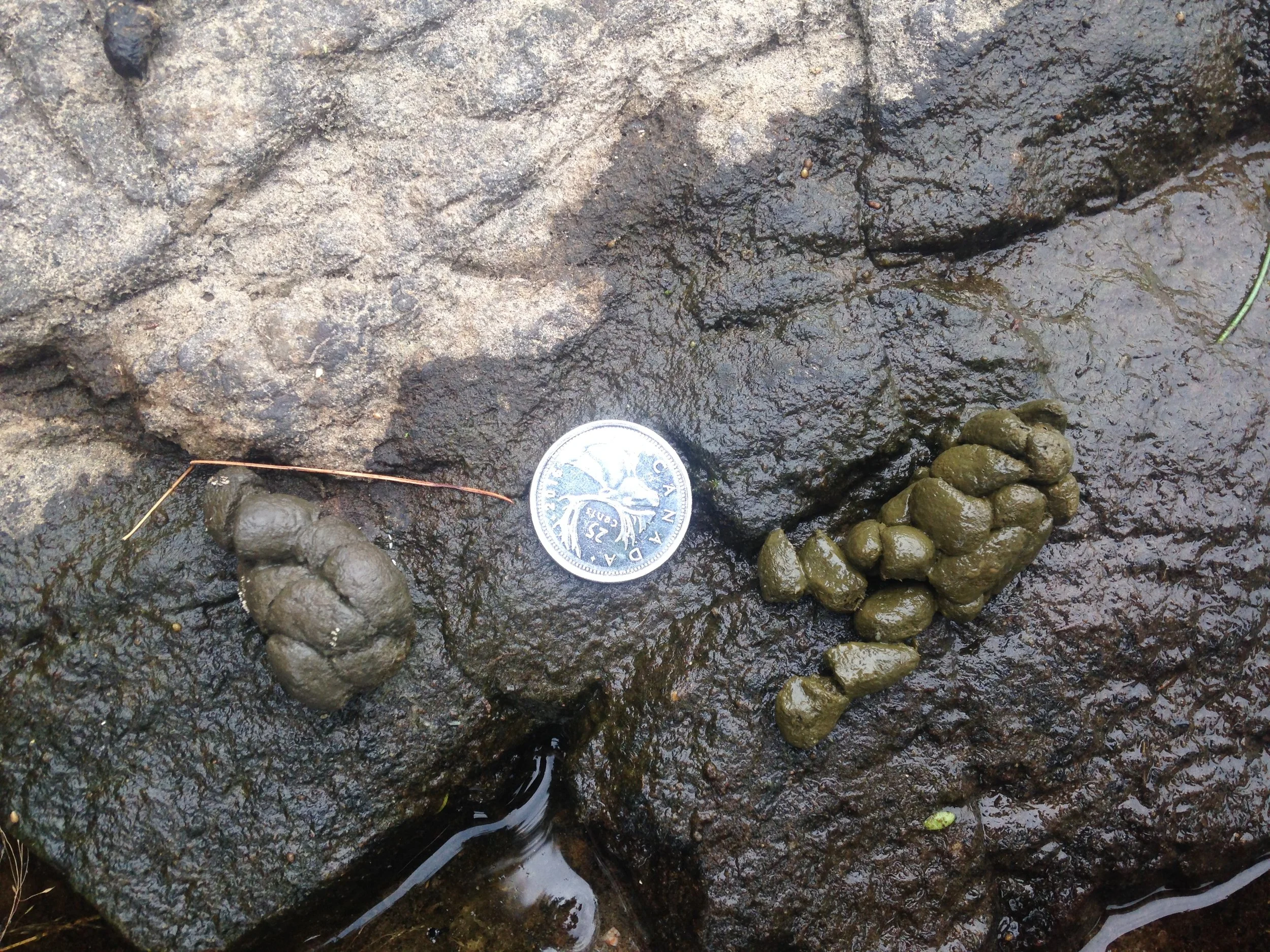
Mystery scat
Earlier this year, my partner and I were paddling along the Mahzenazing River, heading back in the direction of the park entrance. We had just spent our last night at Point Grondine where we'd seen two Black Bears, three big ass Beavers, and had a late night encounter with either a Bobcat or Lynx - it was too dark to tell.
We were paddling back when my partner had to pull the canoe over so she could pee. While I waited in the canoe I noticed there was some scat on a rock nearby. This is where the mystery began…

What happened to this Gull?
I was walking up the frozen river with some kids in tow. We’d been out for a few hours tracking when we were on the last stretch and one of the kids pointed to a small mound on the ice. “Look a Penguin!” I think she’d meant it as a joke, but I took note and walked towards the mound. I had walked along this frozen river the day before and hadn’t noticed a mound on the middle of the river bulging out of the ice. I couldn’t tell what it was at first, but my guess was that a log or branch had broken through somehow. As I got close, I learned it was nothing of the sort.

In Search of Fisher Tracks, Tracking Journal, 2022.01.11
I was out on the ice real close to where I’d fallen through last year, looking for signs of a possible Fiser (Pekania pennanti) that my friend had said she may have seen a couple of hours before. She had told me about the possible Fisher earlier in the day when were were skating on the frozen river closer to my house. As soon as I was done with the skates, I put on my big boots and went upstream in search of this maybe Mustelid.
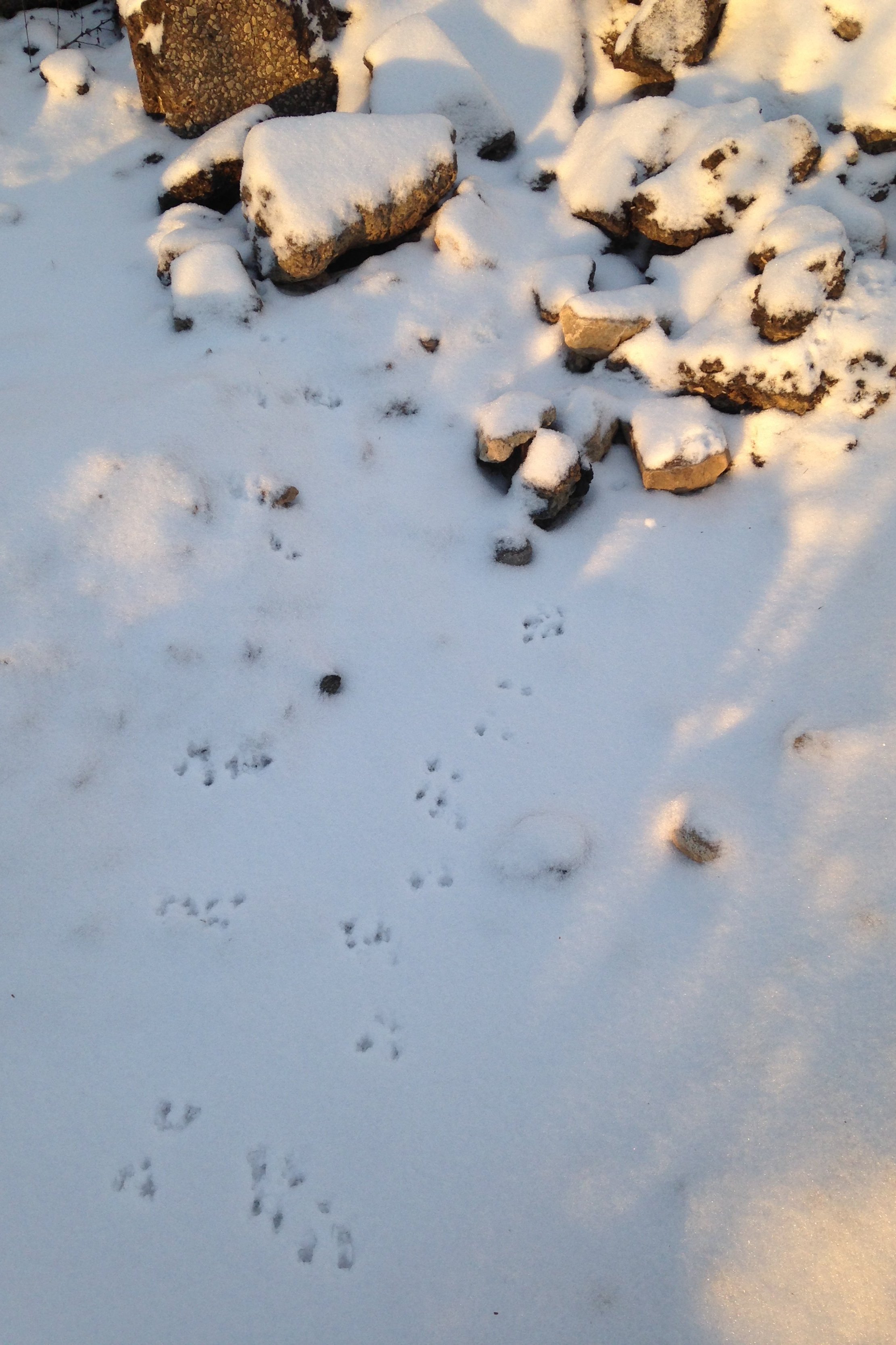
Tracking Journal, 2021.12.28
It was really windy at the top of the hill. I was really grateful that I had the forsight to bring my jacket, even if I had that thought that it was supposed to warm up a little over the day. For now it was early, it was windy and I was cold. Opening with my backpack to pull out my coat while trying to not ruin the White-footed Deer Mouse trail in front of me was a challenge, but once the coat was on, my attention was on the trail.
